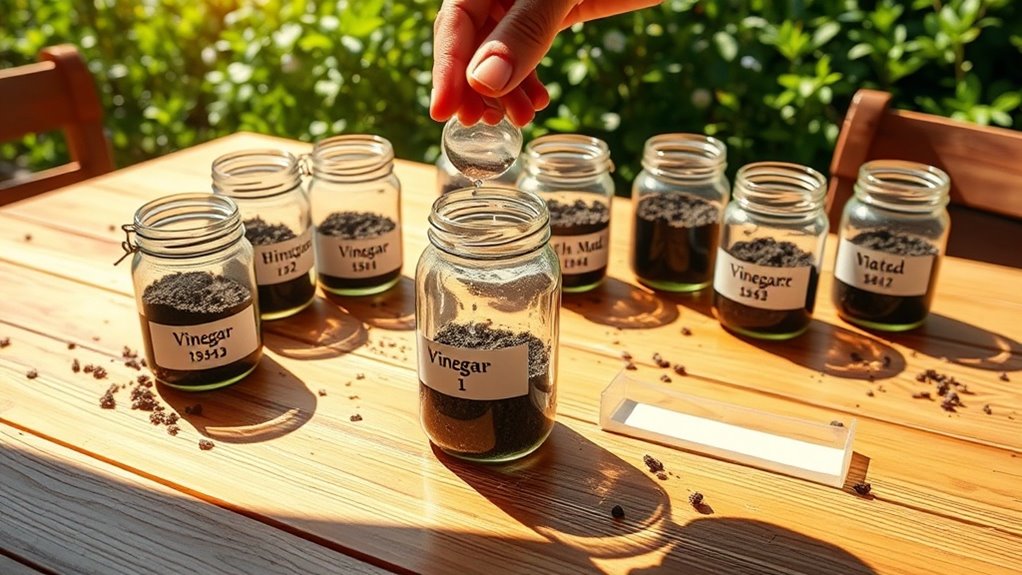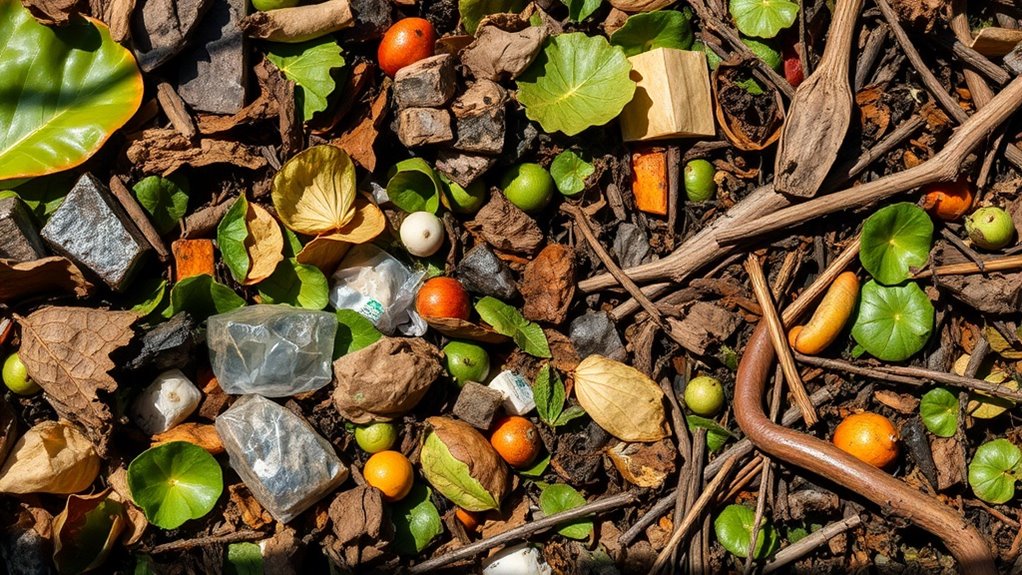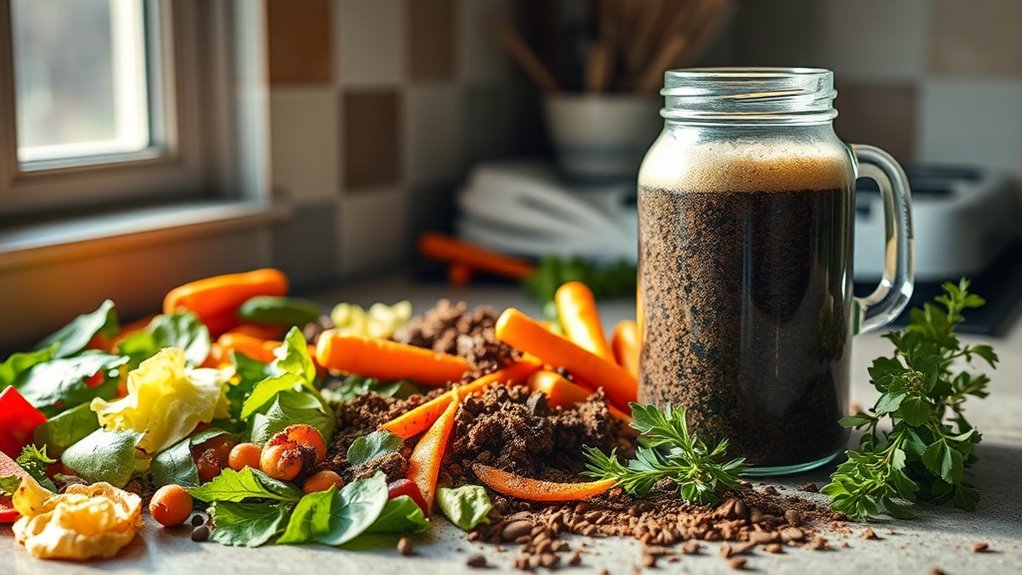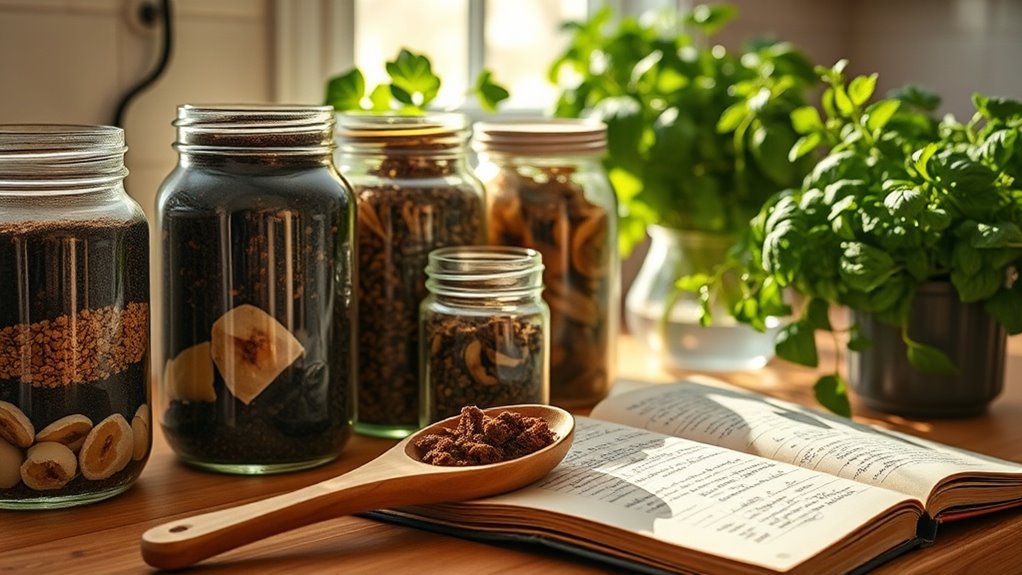Simple Soil Tests You Can Do at Home
Did you know that about 60% of garden problems stem from soil issues? Understanding your soil’s health is crucial for improving plant growth and productivity. Simple at-home tests can reveal key insights about pH levels, drainage capabilities, and texture. Knowing these aspects allows you to tailor your garden strategies effectively. What’s the first step in assessing your soil’s condition, and how can it significantly impact your gardening results?
Testing Soil Ph Levels
When you test your soil’s pH levels, you’re assessing its acidity or alkalinity, which significantly impacts plant health and nutrient availability.
Simple soil testing can involve using pH meters or kits, providing quick, accurate results. A soil pH below 6.0 might indicate acidity, while above 7.0 shows alkalinity.
Understanding these levels helps you make informed decisions about soil amendments and plant selection.
Assessing Soil Drainage
How can you determine if your soil has proper drainage? A simple test involves digging a hole about 12 inches deep.
Fill it with water and observe how quickly it drains. If it takes more than 24 hours to drain completely, your soil likely has poor drainage. Assessing your soil’s drainage can significantly affect plant health, allowing you to take corrective actions. This assessment helps identify potential issues affecting plant health, allowing you to take corrective actions.
Evaluating Soil Texture
Evaluating soil texture is another vital aspect of understanding your soil’s characteristics and its ability to support healthy plant growth.
To determine texture, feel your soil; is it gritty (sandy), smooth (silty), or sticky (clayey)?
You can also use the jar test: mix soil with water, shake, and let it settle to see distinct layers, indicating proportions of sand, silt, and clay.
Checking for Nutrient Deficiencies
To ensure your plants thrive, it’s crucial to check for nutrient deficiencies, as even subtle imbalances can lead to poor growth and yield.
Test your soil for nitrogen, phosphorus, and potassium levels, using a simple test kit.
Observe your plants for yellowing leaves or stunted growth, which signal deficiencies.
Adjust your fertilization accordingly to restore balance and enhance plant health.
Observing Soil Organisms and Structure
In many gardens, the health of the soil is reflected in its organisms and structure, making observation an essential practice for any gardener.
You should look for signs of life and structure by evaluating:
- Earthworms and their activity, which aerate and enrich soil
- Microbial presence, indicating biological activity
- Soil texture, revealing compaction or drainage issues.
These observations can guide your gardening practices effectively.





